![]()
![]()
Rikka Shofutai |
Shoka Shinputai |
|
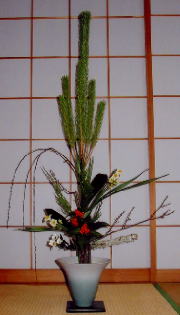 Rikka Shofutai |
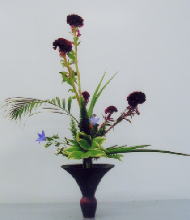 Rikka Shofutai |
||||||||||||||||
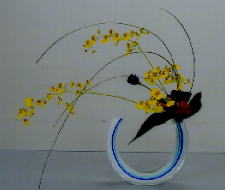 Jiyuka(free style) |
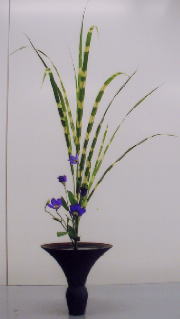 Shoka Shofutai |
||||||||||||||||
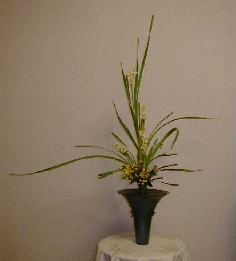 Rikka Shofutai (narcissus) |
Jiyuka(free style) |
||||||||||||||||
| |
|||||||||||||||||
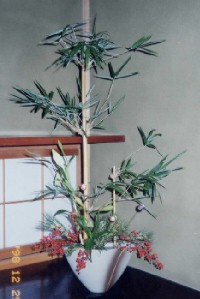 New year's flower |
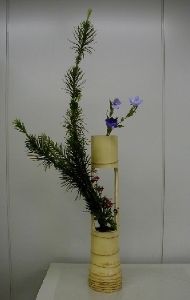 Shoka Shofutai (bamoo vase) |
||||||||||||||||
 The word Ikebana comes from two characters:"ike"meaning "to be alive" and "hana"meaning "flowers". The "H" is changed phonetically to "B" when spoken. Ikebana is a traditional Japanese art that has flourished since the sixteenth century. Ikenobo is said to be the origin of Ikebana. Today's Ikenobo styles include "Rikka","Shoka", and especially modern "Free style". When I arrange Ikebana, I pay close attention to each flower and each branch. So I feel that I breathe new life into them. |
|||||||||||||||||
|
|||||||||||||||||
| Floral Studio KATE |
|||||||||||||||||